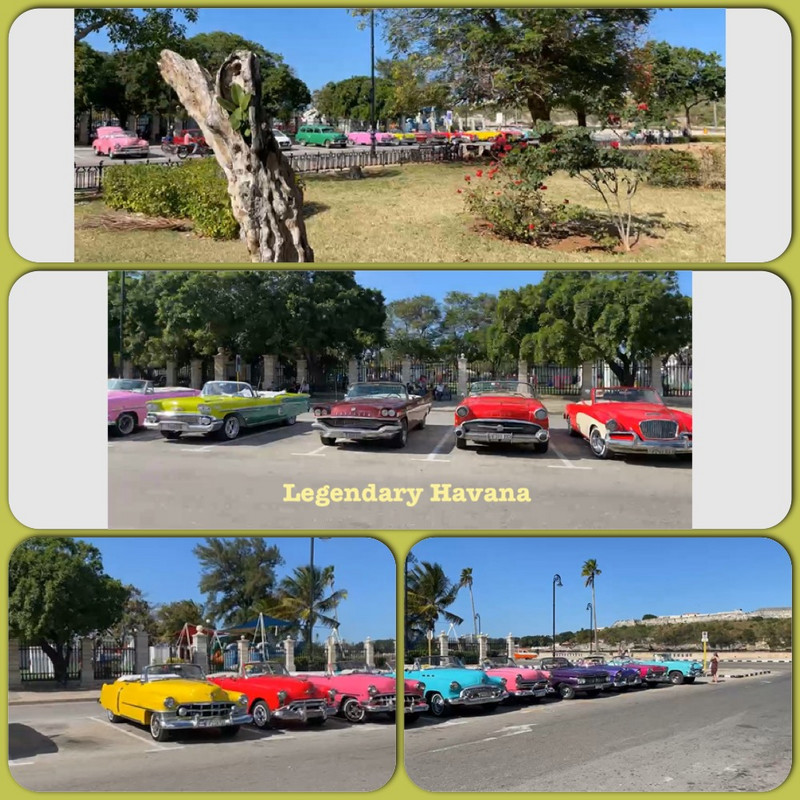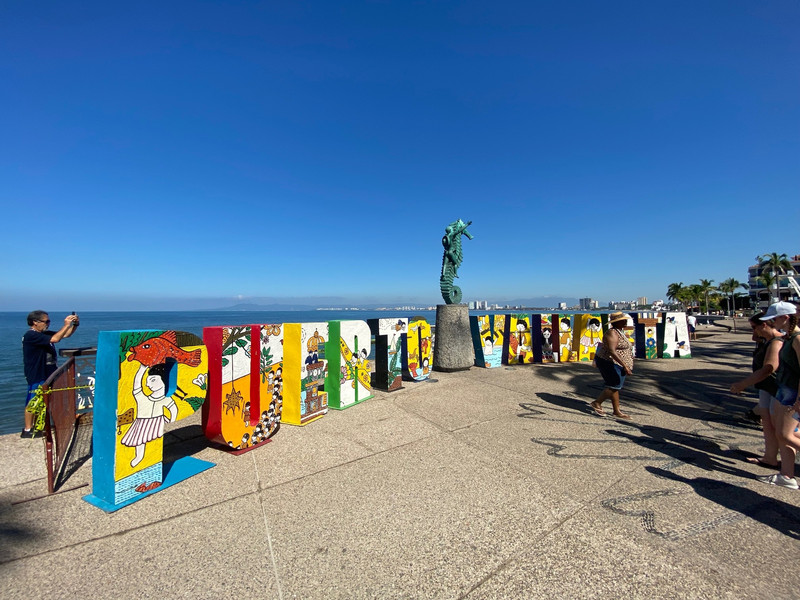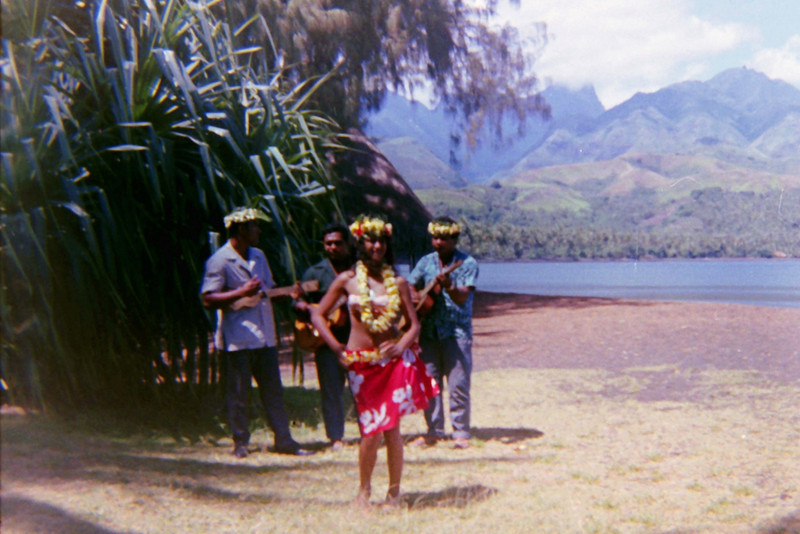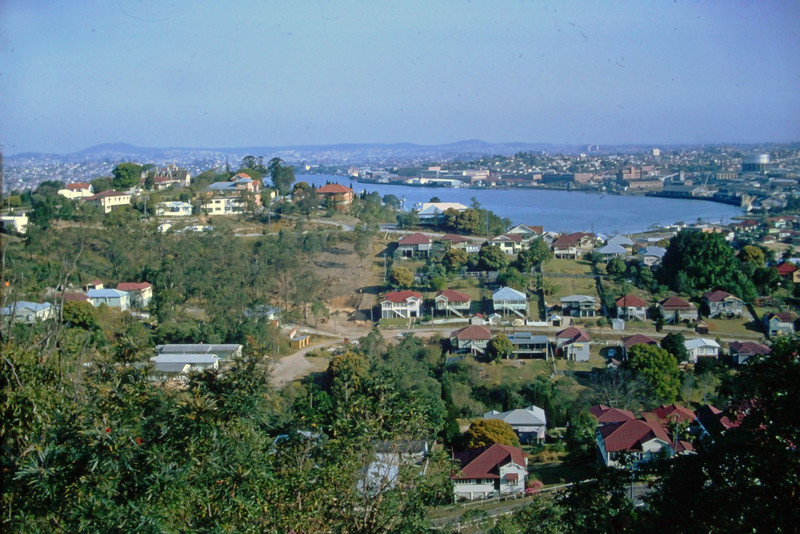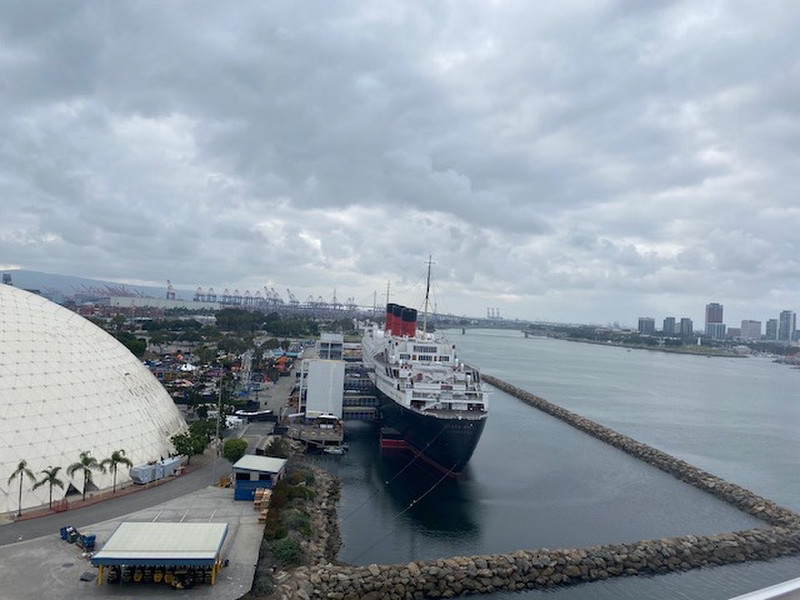The story of classic cars in Cuba is full of political and historical significance. This makes Cuban classic cars a beautiful addition to the urban landscape of Cuba and an important cultural artifact.
Cuba has never had a car manufacturing industry, so they relied solely on automotive imports to populate the islands roads. During the War, the first car imported into Cuba was a <em 0px; solid; 0; 0; 0; 0; 0; 1; 1; 1; 0 0� ); 0px; #fff; rgba(14,165,233,0.5); 0 0� 0 0� ); ); ); ); ); ); ); ); ); ); ); ); ); ); ); ); ); ); Parisienne from a French manufacturer in
1898. However, after the turn of the century, Cubas primary source of cars and parts was the United States.
By 1919, Cuba was the largest Latin American importer of US cars and parts and was among the countries with the highest number of vehicles per capita in the world. The classic Ford Model T was ubiquitous on Cubas streets, fondly referred to as <em 0px; solid; 0; 0; 0; 0; 0; 1; 1; 1; 0 0� ); 0px; #fff; rgba(14,165,233,0.5); 0 0� 0 0� ); ); ); ); ); ); ); ); ); ); ); ); ); ); ); ); ); ); which means a clunker or jalopy<em 0px; solid;
0; 0; 0; 0; 0; 1; 1; 1; 0 0� ); 0px; #fff; rgba(14,165,233,0.5); 0 0� 0 0� ); ); ); ); ); ); ); ); ); ); ); ); ); ); ); ); ); ); Even now, any Cuban car that looks a little run down is called a <em 0px; solid; 0; 0; 0; 0; 0; 1; 1; 1; 0 0� ); 0px; #fff; rgba(14,165,233,0.5); 0 0� 0 0� ); ); ); );
During the first half of the 20th century, Cuba was used as a test track for many American car manufacturers, meaning that cars were often available in Cuba before being available for sale in the US. Companies such as Ford, Chevrolet, Cadillac, and Chrysler shipped their latest models to the USs ports, and the cargo would arrive in Havana within a few days. By 1956, there were more than 140,000 cars in Cuba with approximately 90,000 on the streets of Havana.
The 1959 Cuban Revolution and the beginning of the Cold War saw a change in the islands automotive industry. As old friends became foes, Fidel Castro placed an embargo on the Zus and foreign imports, which meant that no American cars were exported to the island. The embargo even extended to include car parts,
With no new into the country and no parts available to make repairs, car owners had the make a choice: Either let their cars rust in the garage or use what parts they had available and make repairs themselves.
In 2016, Fidel Castros brother, Raul Castro, relaxed the need for permission to buy foreign cars and finally lifted the ban on importing American cars and parts. This led to an influx of cars onto Cubas roads.
Many wondered if this would signal the end of Cubas classic car industry. While Cubans love of vintage cars is ingrained in their culture and makes up a vital part of their tourism industry, there is another reason why you will still see plenty of old cars in Cuba – the cost.
New car imports are still highly regulated, and the pricing makes purchasing a car unrealistic for most Cuban locals.
